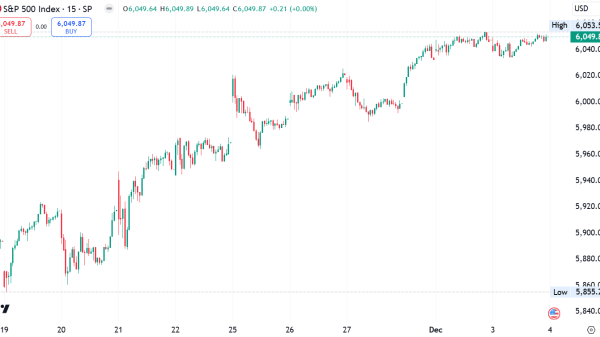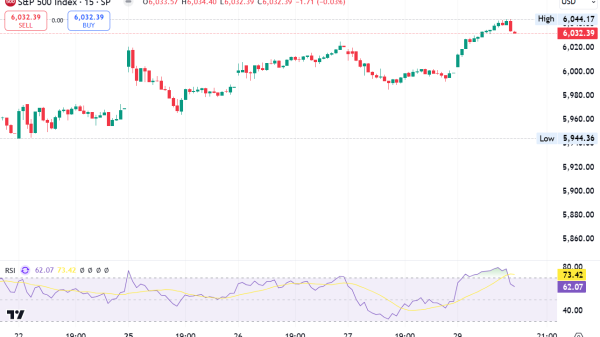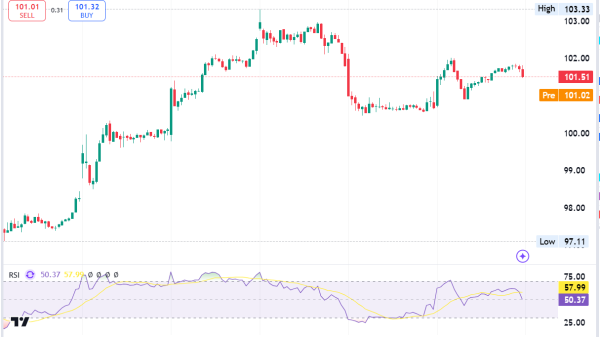What is operating costing, and how does it work exactly?
Key Takeaways:
1. Operating Costing analyzes and manages business expenses to improve financial performance, including the cost of goods sold and operating expenses.
2. Effective cost analysis and management are crucial for controlling operating costs and increasing profitability.
3. Finding the right balance between fixed and variable costs is crucial for keeping expenses low and increasing sales.
4. Sharing costs, reducing expenses, and real-time tracking are crucial for a company’s financial well-being and competitiveness.
Have you ever considered what operating Costing is and how it works? Why is it so crucial to comprehend it in the world of business nowadays? First, in simple terms, Operating costs are the everyday business expenses.
They encompass costs like COGS and other operational expenses, such as rent, equipment, marketing, and payroll. You can understand these costs by looking at a company’s income statement.
Let’s learn more about operating costs and how to understand them best!
What is operating costing exactly?
Operating Costing involves analyzing and managing the essential business expenses efficiently. These expenses incorporate the cost of goods sold and everyday costs, known as selling, general, and administrative expenses.
SG&A costs include rent, payroll, overhead, and materials and maintenance expenses.
It’s important to remember that operating costs exclude financial expenses like interest payments or investments.
Understanding and controlling operating costs is crucial for businesses because they directly impact a company’s financial health. Effective cost analysis and management play a key role in this process.
What does cost analysis help you with?
Cost analysis identifies where money is spent, while cost management controls and optimizes spending. This includes reducing costs while maintaining quality and productivity, an essential cost control aspect.
To find operating costs, businesses separate costs that change with production from costs that stay the same. Employing cost reduction strategies is essential to lower unnecessary expenses and improve overall cost efficiency.
Effective cost monitoring ensures that businesses of all sizes successfully implement these strategies, ultimately contributing to a healthier bottom line.
How does operating costing work?
Operating Costing is essential for a company’s financial management. It separates operating costs from non-operating expenses like interest payments in financial records. This distinction helps analysts understand the link between expenses and revenue-generating activities, aiming for greater efficiency.
Companies aim to boost profits by raising revenue and cutting costs. Profit growth mainly involves two approaches: increasing revenue and reducing operating costs.
Managers often favour cost-cutting, making operating cost calculation critical in this pursuit.
Be cautious once trimming operating cost calculation.
However, it’s crucial to exercise caution when trimming operating costs. Overzealous cost-cutting can diminish a company’s productivity, ultimately affecting its long-term profitability.
For instance, reducing advertising expenses may boost short-term profits by curbing operational costs. However, it may also reduce the company’s ability to attract new customers, possibly resulting in lower profits later.
Cost allocation is a vital part of this process. Businesses need to allocate costs appropriately between variable and fixed costs. Variable costs change with the level of production or sales, while fixed costs remain constant.
Finding the right balance between costs helps companies keep expenses low and have room for sales growth. This delicate equilibrium enhances a company’s financial health and profitability over the long haul.
The main types of Operating Costs
Operating costs typically exclude capital expenditures but encompass several operating expenses, including:
Accounting and legal fees
Bank charges
Sales and marketing expenses
Travel and entertainment costs
Non-capitalized research and development outlays
Office supplies
Rent
Repair and maintenance expenses
Utilities
Salaries and wages
Cost of goods sold (COGS) and the Operating Costing
Operating costs also encompass the cost of goods sold (COGS), including:
Direct material expenses
Direct labor
Rent for production facilities
Benefits and wages for production staff
Equipment maintenance and utility expenses
Fixed and Variable components
These operating costs consist of fixed and variable components:
Fixed Costs:
– Fixed costs remain constant regardless of sales or productivity levels.
– Examples include rent, overhead, insurance, security, and equipment costs.
– They can help achieve economies of scale, making production more efficient.
Variable Costs:
– Variable costs fluctuate with production.
– Examples include raw materials and electricity costs.
– Volume discounts may slightly reduce per-unit costs with bulk purchases.
Semi-Variable Costs:
– Semi-variable costs combine fixed and variable elements.
– Overtime labour is an example, with fixed base wages and variable overtime pay.
– They vary partially with production but persist even at zero production levels.
How to Compute Operating Costs: A Step-by-Step Guide
Calculating a business’s operating costs is a fundamental process that provides valuable insights into its financial performance for a specific accounting period.
Below, you’ll find the formula and steps to determine operating costs utilizing the company’s income statement information.
Operating Cost = Cost of Goods Sold (COGS) + Operating Expenses
Here’s a breakdown of the calculation process:
To find COGS, examine the company’s income statement. This will provide the total cost of goods sold, also called the cost of sales. This figure represents the expenses directly associated with producing goods or services.
Determine Operating Expenses: Further down the income statement to find the total operating expenses. These include different expenses for the business’s daily operations, like rent, utilities, employee wages, and marketing costs.
Sum COGS and Operating Expenses: Add the total cost of goods sold (COGS) to the total operating expenses. This combination yields the total operating costs incurred by the business during the specified accounting period.
Follow these steps and use the formula to calculate your company’s operating costs accurately. This will help you understand its financial performance and factors affecting profitability.
Understanding How Operating Costs Impact Profitability:
High or escalating operating costs can significantly erode a company’s net profit. To ensure the company is profitable, managers must balance operating costs and accurately estimate expenses carefully.
To simplify the text, businesses must reduce expenses, improve efficiency, and find cost-cutting opportunities without affecting quality. Collaboration between management and team members is crucial for achieving these goals.
Why are such efforts so crucial?
Such efforts are crucial to increase profits and maintain a competitive edge. Monitoring office space usage in real-time can save money on rent, a big business cost.
An important chapter in the cost management table is about understanding and controlling production costs, including materials. To optimize cash flows and save money, you must implement accurate cost reduction strategies.
A company can maintain profitability and long-term sustainability in a highly competitive market by assessing and reducing operating costs.
Bottom line
They are important for understanding and improving the financial health of a business that makes goods and services.
SG&A encompasses rent, payroll, overhead, materials, and maintenance expenses. On the other hand, operating costs do not involve financial expenses like interest payments or investments.
They are important for understanding and improving the financial health of a business that makes goods and services.
The post What is operating costing and how does it work? appeared first on FinanceBrokerage.


































